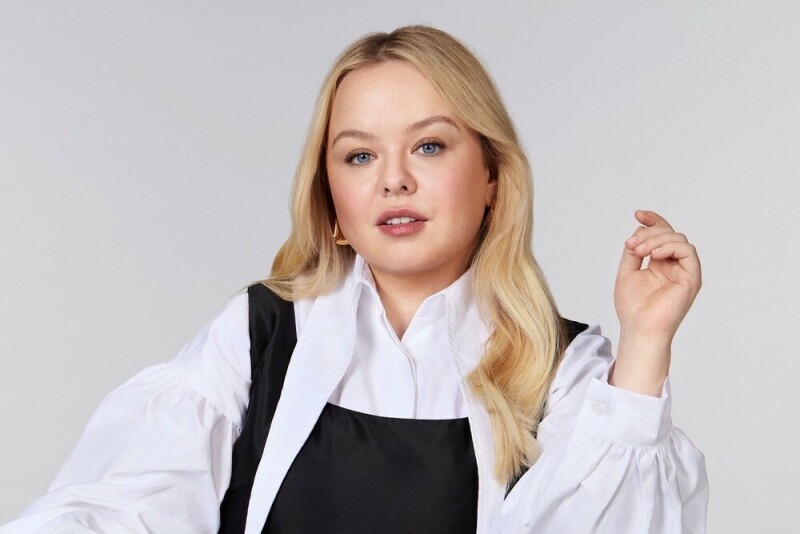Fashion Pakistan Council plays musical chairs – yet again
There’s no denying that the Fashion Pakistan Council (FPC) has gotten back on its feet.
It has been faithfully orchestrating bi-annual fashion weeks, regular sponsors have been lined up and illustrious designer line-ups have been roped in.
The fashion on the catwalk, though, hasn’t been that great, but that’s a critique aimed at the industry as a whole, rather than just at Fashion Pakistan Week (FPW). Creativity is on the decline while generic, mundane, often plagiarized design dominates, bringing down standards overall. It’s a gripe one has not just with FPW but also with the Pakistan Fashion Design Council’s (PFDC) events in Lahore.
Nevertheless, only a short while ago, there was much more askew within FPC aside from run-off-the-mill designs. One remembers how fashion weeks would be skipped out on for a season and how a four-day event would hurriedly be snipped into a two-day, painfully long affair. One remembers council CEO’s resigning, plenty of mudslinging between board-members and how, inevitably, designers in Karachi lost faith in FPW’s credibility, flitting off to Lahore’s much more systematic fashion weeks.
Now that FPW has gotten more streamlined, a lot of these designers have resumed showcasing their work in their home-base. But certain changes within FPC make one wonder if the council is about to go topsy-turvy all over again. For fashion weeks are tricky, gargantuan monsters and they need to be reined in by a council that isn’t hampered by politics or shaky internal management.
And FPC’s looking shaky right now. In a turn of events, Wardha Saleem, the council’s CEO, and Sanam Chaudhri, the Chairperson, resigned from their designations, ending a tenure that began in 2013. Both women were set to be replaced two months from now when the council had its elections. What prompted them, then, to leave their positions so abruptly?

“It was something that we could see coming for quite some time now,” says designer Maheen Khan. “I believe that they resigned due to irreconcilable differences of opinion about their management of the council amongst FPC’s board of directors. But I could be wrong as I am not privy to the board’s minutes. In the interim period, before the new Chairperson and CEO are elected, Deepak Perwani and myself will be heading the council.”
Will these management changes lead to delays in the upcoming Autumn/Winter contingent of FPW?
“Not at all,” she says. “The council is a professional body and the transition has been seamless as both Deepak and I have always been involved with the day-to-day running of the council.”
Why couldn’t Wardha and Sanam have waited till the elections to depart from their roles? And why does the FPC keep running into ‘irreconcilable differences’?
In comparison, the Lahore-based PFDC has barely endured any administrative changes. This is one of the main factors that has enabled the council to grow from strength to strength under the tutelage of Chairperson Sehyr Saigol and founding members who have worked consistently, shrugging away personal tussles to work towards a common goal.

Perhaps FPC should follow suit and end their democratic methods? Maheen Khan is one of fashion’s most well-respected veterans and as once-CEO of FPC, she is well-experienced in calling the shots. Or perhaps, as Maheen says, the council’s new heads will adroitly orchestrate the Autumn/Winter FPW, mere months after being elected. We hope so but we have our doubts.
After all, this isn’t the fumbling, relatively small fashion fraternity that was part of the first FPW back in 2009. The business of fashion has gotten bigger and much more lucrative now, prodded forward faithfully by a multitude of print publications, a burgeoning social media following and textile big shots adding heavy-duty investments into the game.
This is no time to play musical chairs. FPC needs to – somehow – move away from the internal upheavals that tend to plague it time and again and start moving forward as a whole, for the sake of the council, for the sake of fashion.










